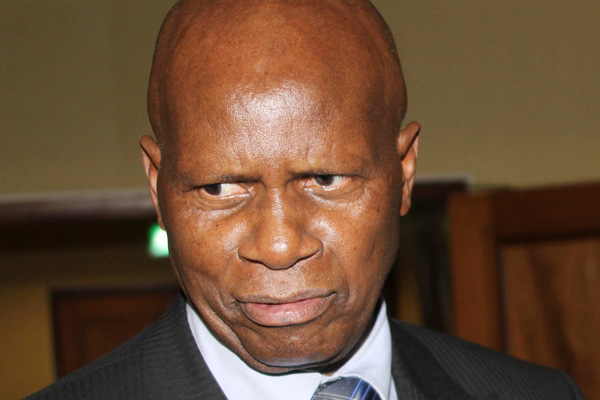
Zimbabwe faces a tough task lowering the combined wage bill of central government and grant-aided institutions to 50% of total expenditure by 2019, with analysts warning such a move required a lot of political will.
BY NDAMU SANDU
In a letter of intent to International Monetary Fund (IMF) managing director Christine Lagarde, Zimbabwe promised to lower the wage bill to 50% of total expenditure by 2019. The bill currently stands at 66% of total expenditure, according to IMF.
“To achieve this reduction, we will work on the size and remuneration of the public service. Based on current economic growth and expenditure forecasts, this will mean that the employment and salary freeze will have to remain in place for at least the next three years,” Finance minister Patrick Chinamasa said in a letter he co-signed with central bank chief John Mangudya.
“The service commissions of government will implement the recommendations of their employment audits. We will conduct a review of allowances to identify savings and efficiency gains. We will enhance service delivery by redeploying underutilised employees and we intend to retrench staff that cannot be redeployed.”
Prosper Chitambara, a senior researcher at Labour Economic Development Research Institute of Zimbabwe told Standardbusiness that government was not going to meet the target, warning the wage bill would likely balloon as the country moved towards the 2018 harmonised elections. “Things are going to get worse especially as we hurtle towards elections. Government will undertake populist moves that increase the recurrent expenditure,” Chitambara said.
He said the commitment (to reduce the bill) was meant to curry favour with IMF, adding that government had in the past pledged to cut the wage bill but fell short on commitment and political will to actualise the statements.
In his 2016 national budget, Chinamasa said the number of civil servants, excluding the Zimbabwe National Army, had grown by 35,8% to 276 163 by December 2014 from 203 362 in February 2009.
- Chamisa under fire over US$120K donation
- Mavhunga puts DeMbare into Chibuku quarterfinals
- Pension funds bet on Cabora Bassa oilfields
- Councils defy govt fire tender directive
Keep Reading
Chinamasa said the growth in numbers showed that implementation of measures to restrain recruitment had not been successful in containing the growth in employment numbers and, hence a rise in employment costs, saying it was critical that government rationalised the size of the public service establishment.
Former Finance minister Tendai Biti said the current government was not capable of implementing any reforms that threatened its political power.
“You can’t expect them to retrench ghost workers who were the infrastructure of rigging in 2008 and 2013 elections. Zanu PF can’t dismantle the infrastructure of rigging with less than 20 months going to an election,” Biti said.
Biti said the Zanu PF government’s commitment to reduce the wage bill was a “slogan of dishonesty”.
In its analysis of Zimbabwe’s wage bill, IMF said the employment costs undermined fiscal sustainability, placed a significant financing burden on the economy, and crowded out other productive expenditures.
It said the growth in employment costs from 51% of spending in 2010 had been a result of both higher wages and employment growth.
IMF said the expansion in employment costs between 2010 and 2013 was underpinned by expectations of continued economic growth, and the unanticipated slowdown in growth and inflation had served to exacerbate the problem.











